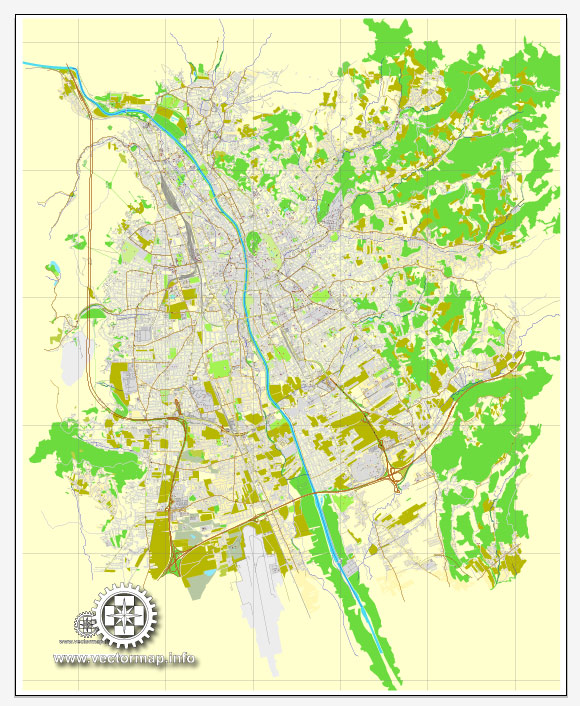Graz, Austria, is the capital city of the state of Styria and the second-largest city in Austria after Vienna. It is a city with a rich history, dating back to Roman times. Here’s a brief overview of Graz’s history:
- Roman Origins: The history of Graz can be traced back to Roman times when it was known as “Austria.” It served as a strategic military outpost and trade center for the Roman Empire. The city’s name evolved over the centuries, eventually becoming Graz.
- Medieval Period: Graz started to grow in importance during the Middle Ages, becoming a significant trading and cultural hub. The city received its first town charter in the 13th century. It also became an important center for the Habsburg dynasty.
- Habsburg Influence: Graz was ruled by the Habsburgs for much of its history. In the 15th century, it became the residence of Archduke Friedrich IV, who significantly contributed to the city’s development. The Schlossberg, a hill overlooking the city, was fortified during this period.
- Renaissance and Baroque Eras: Graz experienced significant growth and development during the Renaissance and Baroque periods. Many notable buildings were constructed during this time, including the Graz Cathedral and Eggenberg Palace. These architectural marvels still stand as important landmarks in the city.
- 19th Century: The 19th century saw industrialization and urban expansion in Graz. It became a major cultural and educational center with the establishment of the University of Graz in 1585 and other institutions.
- World War II: Like many European cities, Graz suffered significant damage during World War II due to bombings. However, much of the historic center was preserved and reconstructed after the war.
- Modern Times: Graz continued to grow and evolve into the vibrant city it is today. It was designated as a UNESCO World Heritage site in 1999 due to its well-preserved historic center. The city has a strong cultural scene, with numerous museums, galleries, and theaters. It is also known for its strong emphasis on contemporary art and design.
- European Capital of Culture: Graz was named the European Capital of Culture in 2003, further emphasizing its cultural significance.
Today, Graz is known for its well-preserved historic architecture, its vibrant cultural scene, and its role as a center for education and research. It is a city that beautifully blends its rich history with modernity, making it a unique and captivating place to visit.



 Author: Kirill Shrayber, Ph.D.
Author: Kirill Shrayber, Ph.D.